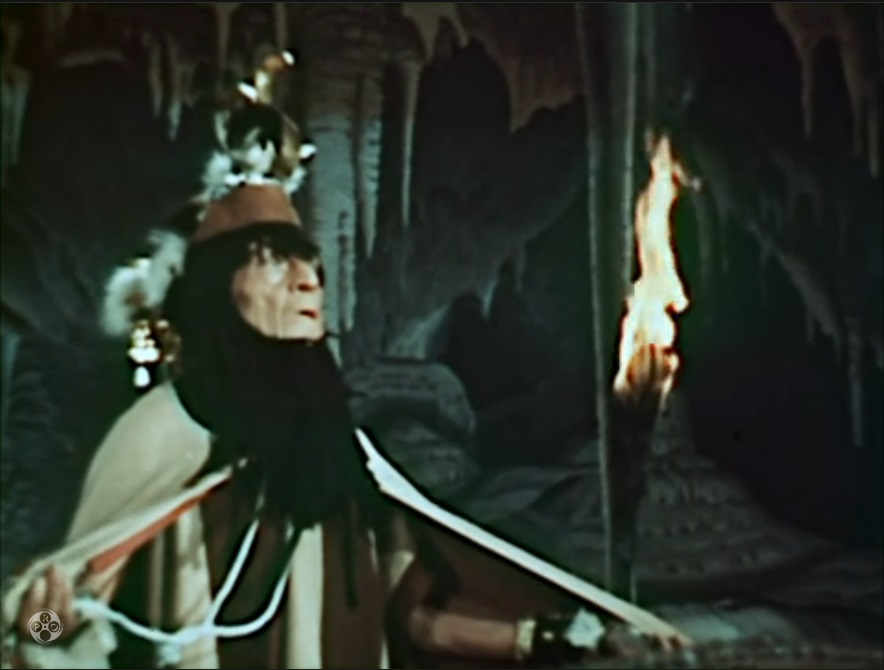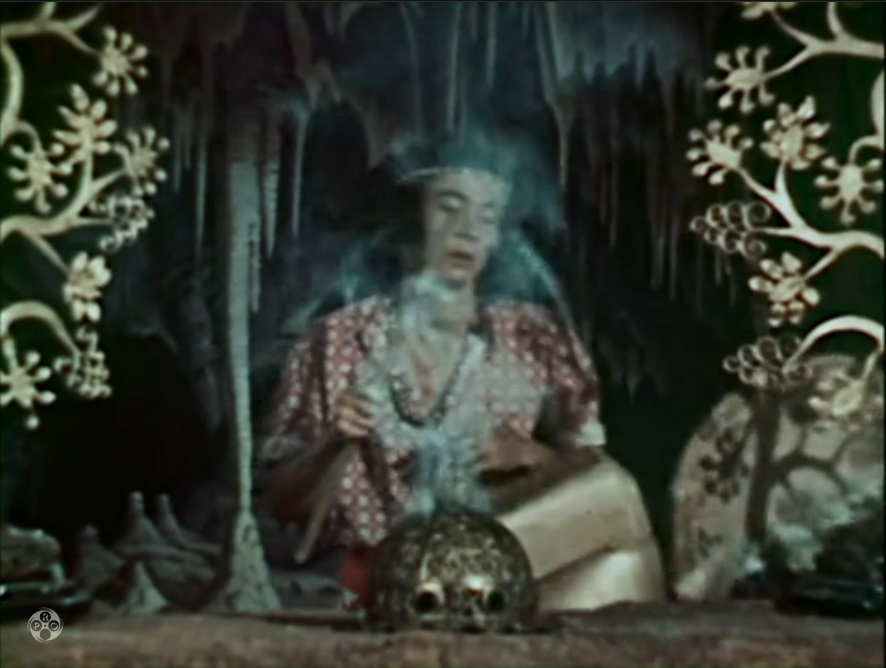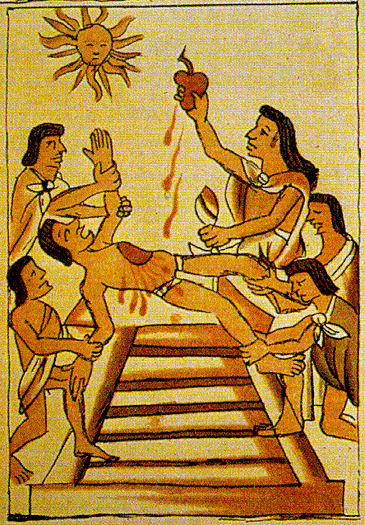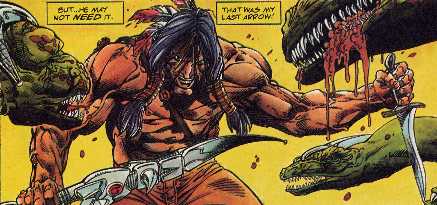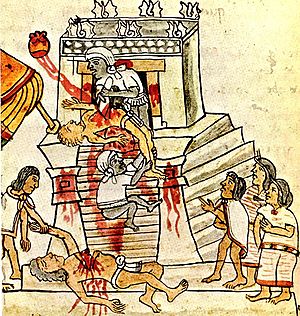Speaking of
Aztecs, here's an update on the
Update on Aztec Martial Art from last September. It's another e-mail from Manuel Lozano, the "founder of modern yaomachtia," the alleged Aztec martial art. Apparently the poor guy uses a computer with a malfunctioning shift key, but never mind.
Dear Rob,
listen Rob, i have researched this lost forgotten art all over Mexico for the past 32 years, a famous Mexican Archeologist from a famous University in Mexico City initially helped me back in 1977 - 78
the word Yaomachtia is found in old Mexican history books, this term translates as the art of war, the word Yao means war in ancient Nahuatl, as far as machtia, this is a term with latin/roman/greek connotations meaning training, so it looks to me that this word was invented by the spanish, it doesn't sound full nahuatl
my research took to many places all over mexico to witness the little training that was left, but this training was with the knife, machete and several types of sticks, throughout these 32 years i found many scattered fighting techniques dealing with bladed weapons, stick weapons and wrestling techniques
there was also a special type of old wrestling techniques as verified in person
by the Mexican Wrestling Legend himself (Mil Mascaras - the man of a thousand masks) who is a personal friend of mine, i produced his first ever course on self-defense based on his personal wrestling experience
the old Mexican wrestling techniques is called (Chingadate) by the old school guys, Mil Mascaras is the last of the old guys that knows this ancient Mexican wrestling techniques
this (chingadate) term is a vulgar term used by the old guys, meaning to do somebody in if they mess with you - the (te) part of it has nothing to do with any japanese thing
(date) means to give you - chinga means to do you in
i have not made a big deal of it because i haven't wanted to, but now i know that i must as people that do not know me are saying ugly things about me and they do not know my life story
at present,
i teach private intensive courses to many private executive groups from all over Mexico
i have also taught at several Mexican Military bases many times
The ex U.S Mexican Ambassador appointed by our ex-President George Bush is a personal friend of mine as we were in High School together here in Brownsville, Texas at St. Joseph's Academy, he knows personally of my efforts since the early 1970's
i don't mean any disrespect to you Rob as i don't know you as you don't know me
but the Mexican martial art history comes in three eras, the pre-colonial, the colonial, and the modern
in order to complete my research i had to train in the european fencing arts, mainly spanish fencing called "La Verdadera Destreza", my teachers are Maestri de Armas Ramon Martinez and Jeannette Acosta Martinez who is the world's foremost authority in french foil fencing and small sword
Destreza was brought to Mexico by Spain's greatest teachers, and it was taught here in new spain (Mexico), duels were fought all over mexico as i have proof, so Mexico's martial arts have to include destreza, and ecole d' armes (french fencing) i know all of Mexico's martial history and i have written a book on it, all i need is the actual filming of the techniques and from there i will get the pictures for the book
i could talk all night about this subject, but please don't trust anything on the internet, a man of your intelligence should better that to trust anything out there by people who never even crossed the border, especially now with the drug wars going on 5 minutes from here, i'm 2 miles from the rio grande river
and as far as the term yaomachtia, i use it to pay tribute to Mexico's Aztec Culture which most of us have direct roots to, the art as i teach it includes pre-columbian exercises and movements as taught to me from many friends that i have all over mexico
i've been training for 37 years and 32 of those i have researched and trained in these blade, stick and fighting techniques from mexico
my martial art resume is included for you to see what i've done
Rob please do no trust everything you find on the internet, as it most all false, you should know that by now
if you want to set the record straight for your readers about me please do a good job, i will send you some fighting techniques with the machete for you to see
i have 3 intensive courses to teach in the next 2 months to special interest groups from mexico that are coming to learn Yaomachtia as taught by me, these are 5 days of training 8 hours each day, many groups from mexico are in line waiting to come train
if i have been disrespectful to you then i'm sorry but you have to understand that many people that write opinions of others on the internet are false and have no factual basis
they must have nothing else better to do in life,
the training i had in mexico has been for many years and all over mexico, i have witnessed many traditional celebrations that included martial art techniques all over rural mexico i even participated in some of these rituals
like i said, my new book is ready and all i need is the filming of the techniques for the book, and soon i will do that
presently i sell 3 courses;
1. Secret fighting Techniques - one book and 8 dvds
2. Mil Mascaras Advanced Self Defense
3. The Secret Martial Art Newsletter - published monthly (launched Jan. 2010)
let me know how i can help you
Sincerely,
Manuel Lozano
Founder of Modern Yaomachtia
P.S. I didn't even bother to check that link out at all it's all false, it seems that everybody has an opinion, i doubt they have ever spent 32 years researching in MexicoComment: Umm, I sure hope someone is helping you write your book, Mr. Lozano. And on a computer with a fully functional shift key.
I trust Lozano just set the record straight for Newspaper Rock readers. Now we'll continue to set the record straight.
First, let's dispose of our previous argument. Lozano accused me of not doing enough research on yaomachtia. The only sources he alludes to are "old Mexican history books" and his own course materials, neither of which are available to me.
Therefore, I continue to assert that I did all the research necessary and possible. If "yaomachtia" exists only in some musty old tomes in a Mexican
biblioteca, it's ridiculous to expect me to know about it. Only a handful of people in existence may have seen the word in print.
And what about the claim that "the word Yaomachtia is found in old Mexican history books"? It's nice, but I don't necessarily believe it unless I see. I suggest Lozano scan the pages containing the word and include them in his materials and on the Web. It would bolster his dubious credibility.
Etymology of "yaomachtia"Lozano doesn't seem certain about the origin of his own word. Some research suggests that in the Nahuatl language,
yao means "war" and
machtia means "to teach." So "yaomachtia" could mean something like "war training."
But a few huge caveats to that:
1) "War training" could mean anything from exercising to preparing one's weapons to fasting before a fight. There's zero evidence that it refers to a
martial art, which one dictionary defines as:
any of the traditional forms of Oriental self-defense or combat that utilize physical skill and coordination without weapons, as karate, aikido, judo, or kung fu, often practiced as sport.2) "Yaomachtia's" existence in old Mexican books suggests it was invented by the Spanish, not the Aztecs. Supporting this this is the origin of the word
machete:
1598 (in pseudo-Sp. form macheto), from Sp. machete, probably a dim. of macho "sledge hammer," alt. of mazo "club," probably a dial. variant of maza "mallet," from V.L. *mattea "war club" (see mace (1)).So machetes seem to be a Spanish import from Europe that didn't exist until after 1598. Sure, the Aztecs used something called a
macuahuitl, a wooden club with cuts in the side to hold the sharpened obsidian blades. It's sort of a club/axe/sword hybrid, but it isn't a machete. So a martial art involving machetes probably didn't exist in Aztec times.
Even the Nahuatl word "yaomachtia" doesn't mean the training was invented in Aztec times. It's easy to imagine an alternative explanation. For instance, a Spanish soldier sees a post-Aztec Indian exercising in the year 1600 or 1700 and asks him about it. The Indian says he's practicing "yaomachtia." The Spaniard says, "Great! I just invented a martial art that uses machetes. I'll call it 'yaomachtia' to honor your people."
Despite the name, yaomachtia could easily be a Spanish rather than a Native invention. Without more evidence, there's no way of knowing.
ConclusionIn short, there remains zero evidence that the Aztecs practiced a martial art similar to "karate, aikido, judo, or kung fu" in pre-Columbian times. Best guess is that Lozano heard the word "yaomachtia" and decided to apply it to various "bladed weapons, stick weapons and wrestling techniques" he encountered in Mexico. In other words, he has no documentation about what the original "yaomachtia" was; he invented the amalgamation of practices he calls "modern yaomachtia."
So everything I've said about "yaomachtia" has been correct, basically. End of story.
Incidentally, Wikipedia has this to say about
Native martial arts:
Native peoples of North and South America had their own martial training which began in childhood. Most groups selected individuals for training in the use of bows, knives, blowguns, spears, and war clubs in early adolescence. First Nations men, and more rarely some women, were called warriors only after they had proven themselves in battle. War clubs were the preferred weapon because Native American warriors could raise their social status by killing enemies in single combat face to face. Warriors honed their weapons skills and stalking techniques through lifelong training.Well, of course they learned how to use their weapons. In that sense, yes, they had martial arts. But again, there's zero evidence they had the kind of unarmed combat we usually mean when we refer to "martial arts."
Below: Aztec warriors practicing a martial art but not yaomachtia or an Asian-style "martial art."

